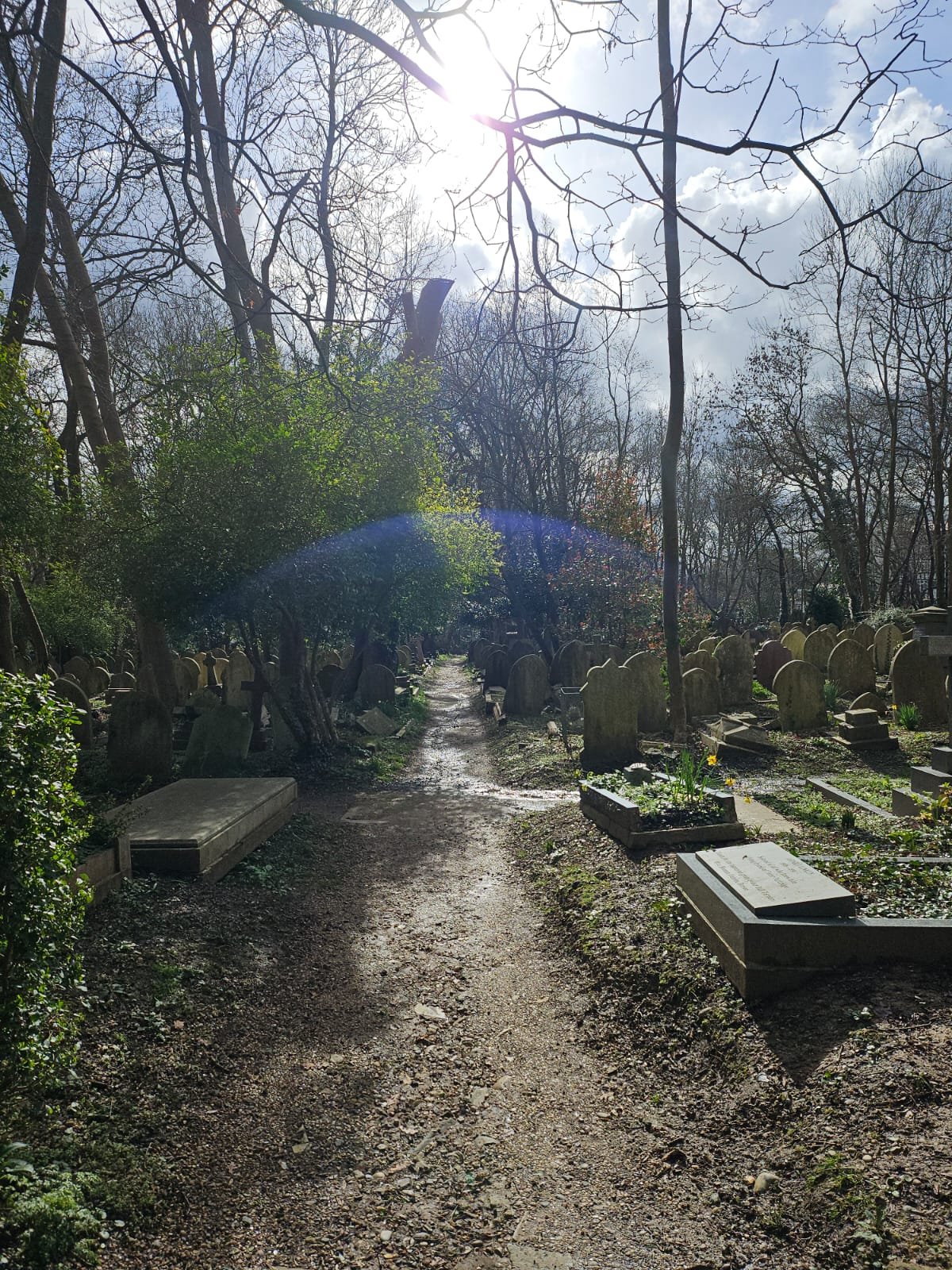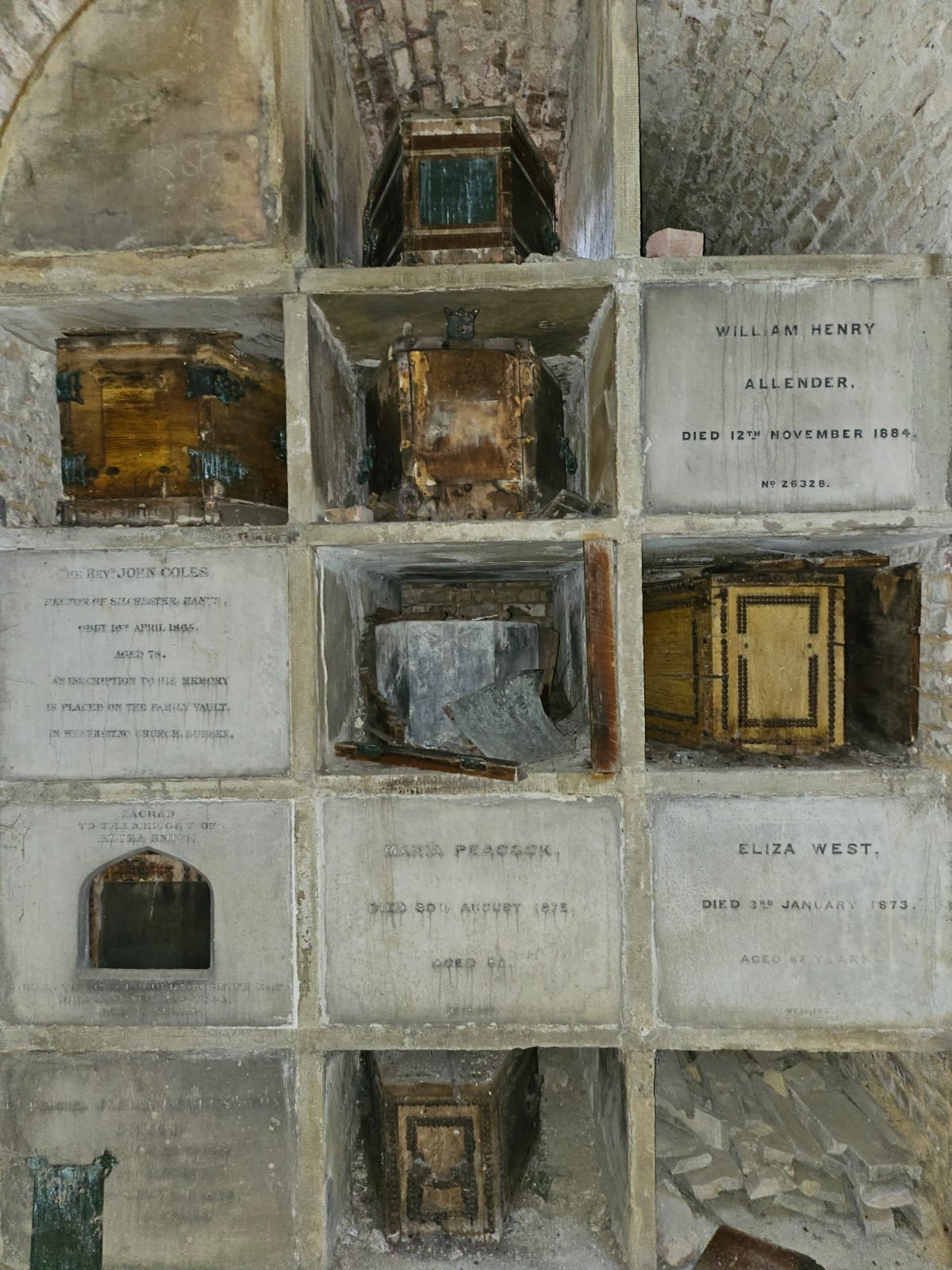Author: Scott Weatherly
When I was a kid there was an old, abandoned house on my estate. It had belonged to an elderly gentleman with no family and when he passed it took a long time to be purchased, so it stood empty and boarded up for several years. Of course, that wasn’t the story we told on the playground. To us, it had been the site of an unspeakable murder by a witch and was now incredibly haunted. We would dare each other to run up and knock on the front door or boarded-up windows. It became such a legend in the local area that when the house was purchased and fixed younger kids would still not go near it. A legend growing up around one house is typical, I’m sure that at least some of you reading this will smile, knowing a similar story from your childhood. But in a part of Japan, this type of legend grew up around a whole region.
The Inunaki region of Japan sits just outside Fukuoka, in the country's south. It is considered one of the most haunted areas in that part of Japan, and home to a violent isolated village that exists outside the Japanese constitution. However, much like the story we told in the playground, the place is creepy, but the story is a fabrication.
The centre of the story is a blocked-up tunnel. The original tunnel was opened in 1949 and stayed in service until 1975 when it was replaced by a newer tunnel through the mountains. While not open to traffic the tunnel was still open and people would use it to walk through, but over time it started to fall into disrepair and was considered dangerous.
The final straw came in December 1988, when a group of youths attempted a carjacking, which resulted in brutal murder. The victim, Umeyama Kouichi, was pulled from his vehicle, and beaten unconscious. Believing they had killed him the youths agreed to dispose of the body in the tunnel and set it on fire. However, when they started pouring the gasoline on Umeyama he reacted and started to panic. They quickly set him on fire and his screams filled the tunnels as he finally died.
The group of youths were arrested after boasting about what they had done. The story can now be told as each told what had happened, throwing each other under the bus. Following this, the tunnel was closed up by concrete blocks, but there are still reports of noises and screams coming from the closed tunnel.
This is enough of a story to make a legend of a place, but there is more. In 1999 a letter was sent to a TV station laying out a new legend of the area and suggesting they investigate it. The legend stated that, not far from the blocked tunnel there is an overgrown path that leads to a large metal gate, on which is a sign explaining “The Japanese constitution is not in effect past here.” Allegedly beyond this gate is a village that has been cut off from the rest of the country since the late 1800s, the end of the traditional Edo period. It is populated by vicious residents who will kill anyone who enters without being invited. To make this point the bodies of two people have been left just beyond the gate, for visitors to see.
This village has never been found, and plenty have gone looking by foot and using drones. It’s clear this is not a real place but makes for a great story. The likely source of this story is an actual Inunaki village in another part of the region, that was absorbed into another village in 1889, which coincided with the end of the Edo period. The location that was the Inunaki village has been developed over time and is now partially underwater.
Despite the violence of the true crime that occurred, the area has acquired additional notoriety in the way that most local legends grow. The truth has taken a back seat to a weirder story.















